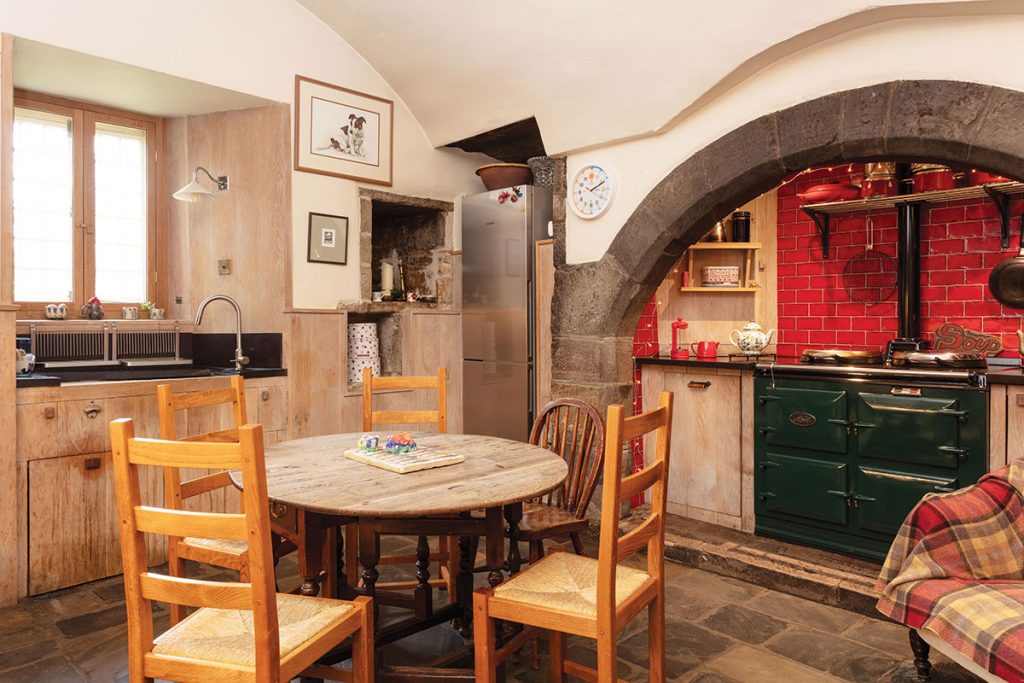The man behind Black Isle Bronze, whose home is a carefully restored Highland castle, talks about families, foundries and his quest for a sense of permanence

Strangely enough, it was a dove that convinced Farquhar Laing’s parents to move from New York to Scotland. His mother, Galina, was working in the city as Bert Stern’s assistant. She and the celebrated American photographer had been shooting an advert in which a dove was pictured, and when it was over Galina took the bird home. There, after a bottle of wine with her husband, the British artist and sculptor Gerald Laing, they laid out a map on the table and agreed to move to wherever the bird ‘did its business’. It just so happened to land on the Black Isle.
The couple had always talked about restoring an old property, and that’s what they did when they settled in Scotland. “My father bought Kinkell Castle from a farmer in 1968 for £5,000,” says Farquhar. “It hadn’t been lived in for 70-odd years and it had totally gone to ruin; the rooms were full of earth, there were gaping holes in the roof and jackdaws were nesting in the staircases. Anything that wasn’t made of stone needed to be replaced.”

Although it must have seemed to those around them like a spontaneous move (Laing’s friends and contemporaries, the likes of Andy Warhol, Roy Lichtenstein and Robert Indiana, had warned him he was risking his career by leaving New York), the couple had become disillusioned with the American art scene. They wanted to start a family, and Laing was eager to have a proper base.
“He had grown up on his own with just his mother,” describes Farquhar, who has worked tirelessly to keep alive the spirit of what Laing envisaged. “Both his grandfather and his uncle were killed in the First World War, and his own father fought in the Second World War and then lived in Germany. He was anxious to put down roots, to create something permanent that would be a centre for his family.”
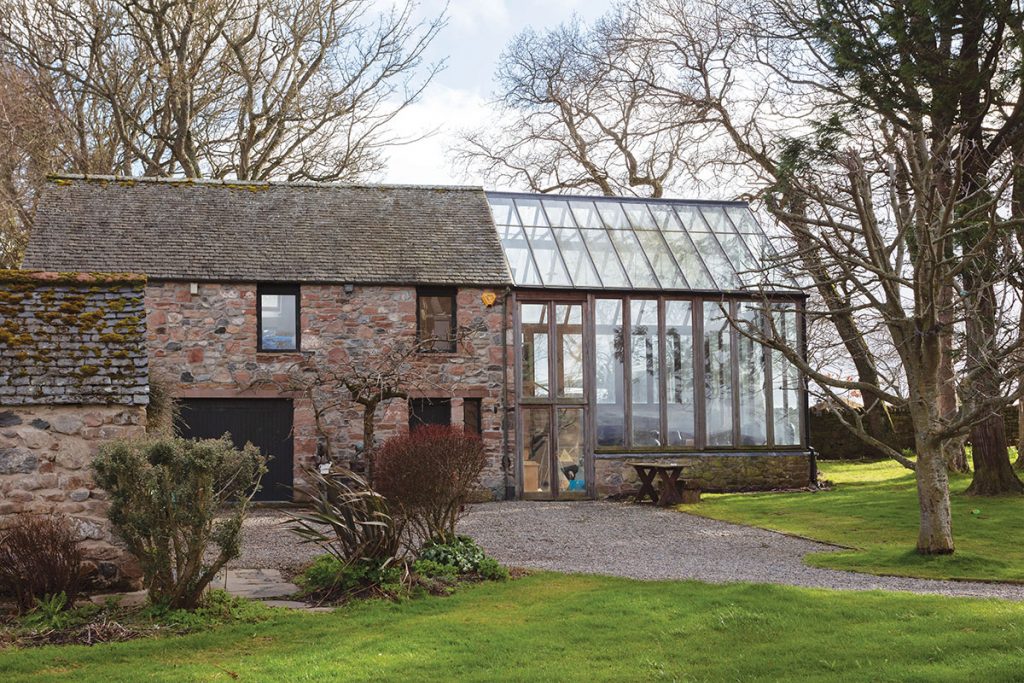
The yellow-rendered Kinkell Castle certainly has an air of solidity and permanence. It dates back to 1594 and was once a seat of Clan Mackenzie. It’s where Farquhar grew up and it’s where his own family – his wife Jill and their three children Maddie (13), Fergus (11) and Jemima (8) live now. He spent an unconventional childhood there; his home was something of a party house and there was a constant stream of artists and celebrities coming and going.
After a spell away studying, and then working for Christie’s auction house, Farquhar was drawn back by his love of the Highlands; indeed, his passion for this corner of Scotland is what drove him to set up his foundry, Black Isle Bronze, here 25 years ago, where he continues to undertake commissions for clients from all over the world. “I grew up in a practical art environment,” he says. “I studied history of art and had a job in London but I knew I wanted to work with my hands. I also wanted to come home.”
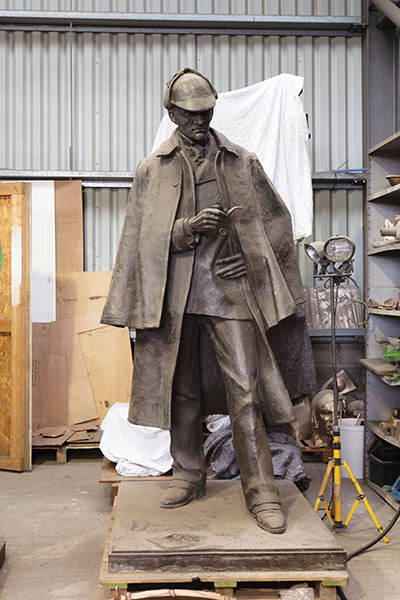
Six weeks after he started, in 1994, aware that Twickenham stadium was being redeveloped, he wrote to the Rugby Football Union to ask if it wanted new bronzes once the rebuilding work was complete. The response was positive, so he turned to his father for help with the sculpting. The impressive results won the foundry a lot of admirers. “We were then commissioned to make a bronze for a Japanese racecourse, which in turn opened up a lot more international work,” he recalls.
The foundry quickly outgrew its makeshift studio at the castle and relocated to a purpose-built workshop in Nairn, where the team of makers has since increased steadily.
Today, the wall in Farquhar’s office displays photographs of some of Black Isle Bronze’s ‘greatest hits’ – the biggest commissions the foundry has completed to date. There are prize-winning racehorses outside Zabeel Palace in Dubai, the towering sculpture of five gargantuan rugby players that greets fans at Twickenham’s gates, and a 55ft-tall monument at Old Parkland in Dallas, Texas.
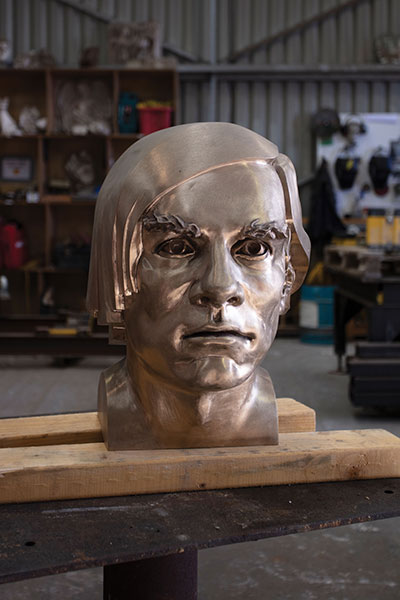
Downstairs in the workshop, artist Susan Leyland is putting the finishing touches to a very special project: maquettes of the War Horse monument that stands outside Ascot racecourse to commemorate the eight million horses, donkeys and mules that died during WWI.
Then, there are the oversized bronze eggs (weighing 850kg and requiring a bespoke steel frame to move them around) which are underway for a show by Gavin Turk at Somerset House, as well as another collaboration with Scottish sculptor Alexander Stoddart, this time on his 14ft-tall sculpture of Leon Battista Alberti, one of the giants of the Renaissance, for Notre Dame University in Indiana.
Where many other foundries tend to specialise in just one method, Black Isle Bronze is skilled in both lost wax and sand-casting techniques. Farquhar has a team of 15 working with him, most of whom have learnt their craft on site as apprentices. “It was important to me that we could show that manufacturing is possible somewhere like the Highlands,” he explains.
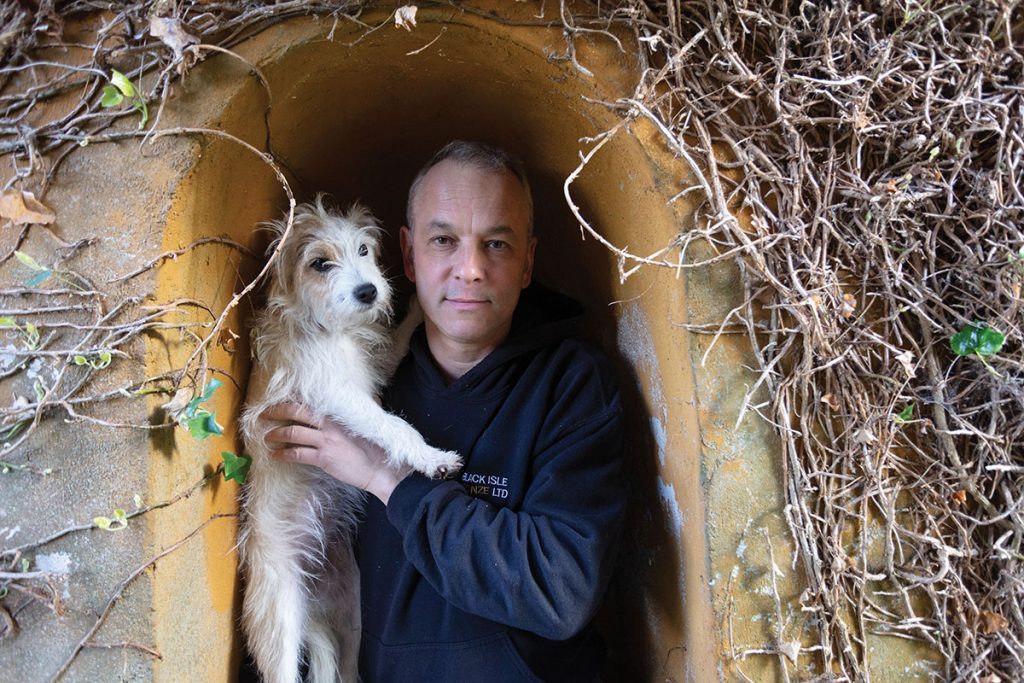
“I think we’ve stepped away from the values of manufacturing in this country but there is great skill and talent here. I wanted to show that our work is high quality. Our unique selling point is the permanence of what we do, and the scale of it. There are not many places that can make bronzes that will stand outside a palace for three thousand years. It’s very satisfying!”
Permanence, not surprisingly, is a recurring theme for Farquhar. Together with his wife Jill, he has nurtured a family environment at Kinkell that pays homage to his father’s legacy but which also celebrates his own, with replicas of bronzes from many of the projects he has delivered over the last-quarter century. These are displayed discreetly around the interior, alongside some his father’s later Pop Art works, instantly recognisable depictions of Amy Winehouse and Kate Moss.
“A lot of effort has gone into this place,” says Farquhar, “It’s where I grew up. I’ve made a life and a career here. I love the Highlands and I want my kids to experience that, too.”
